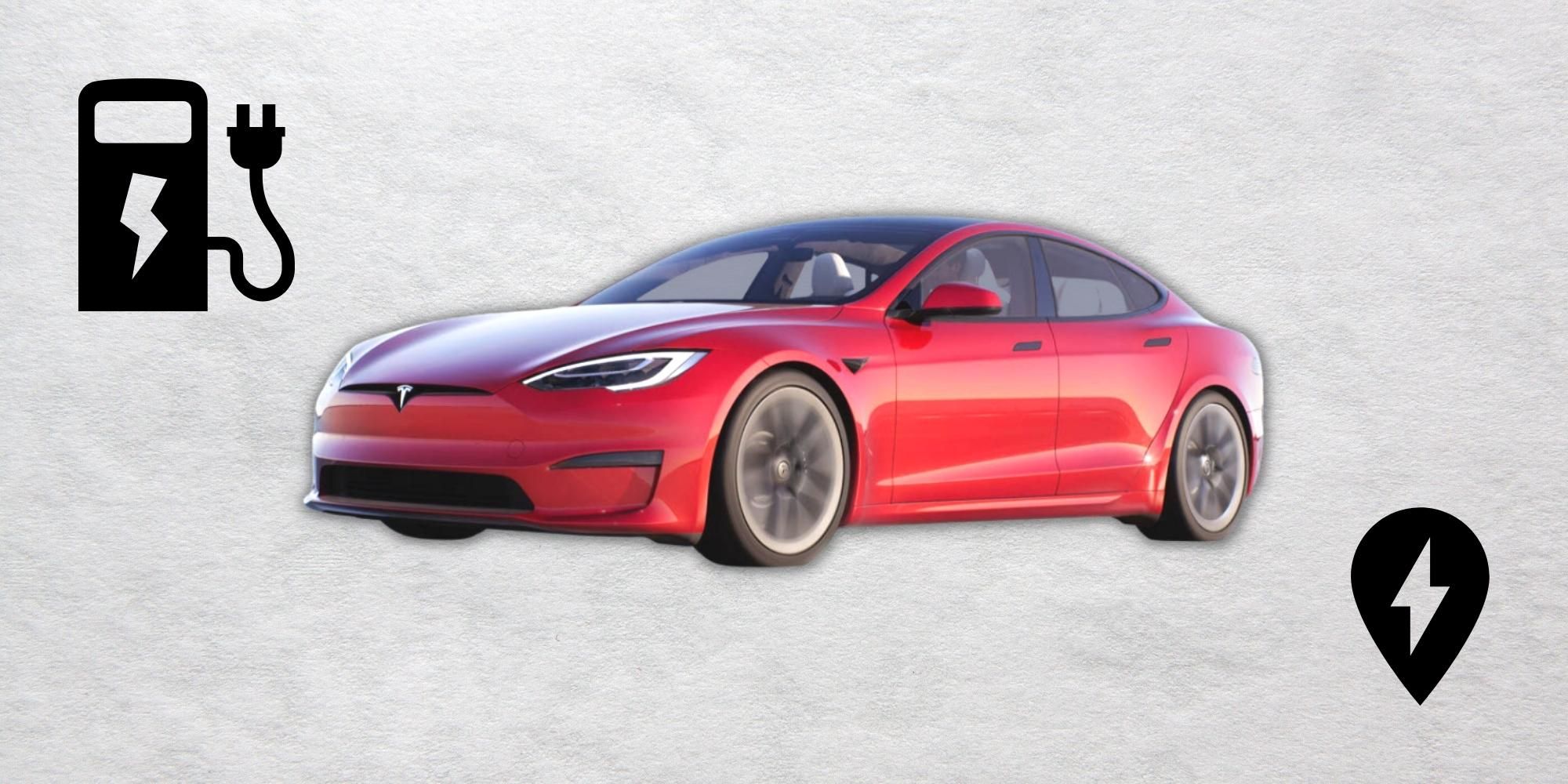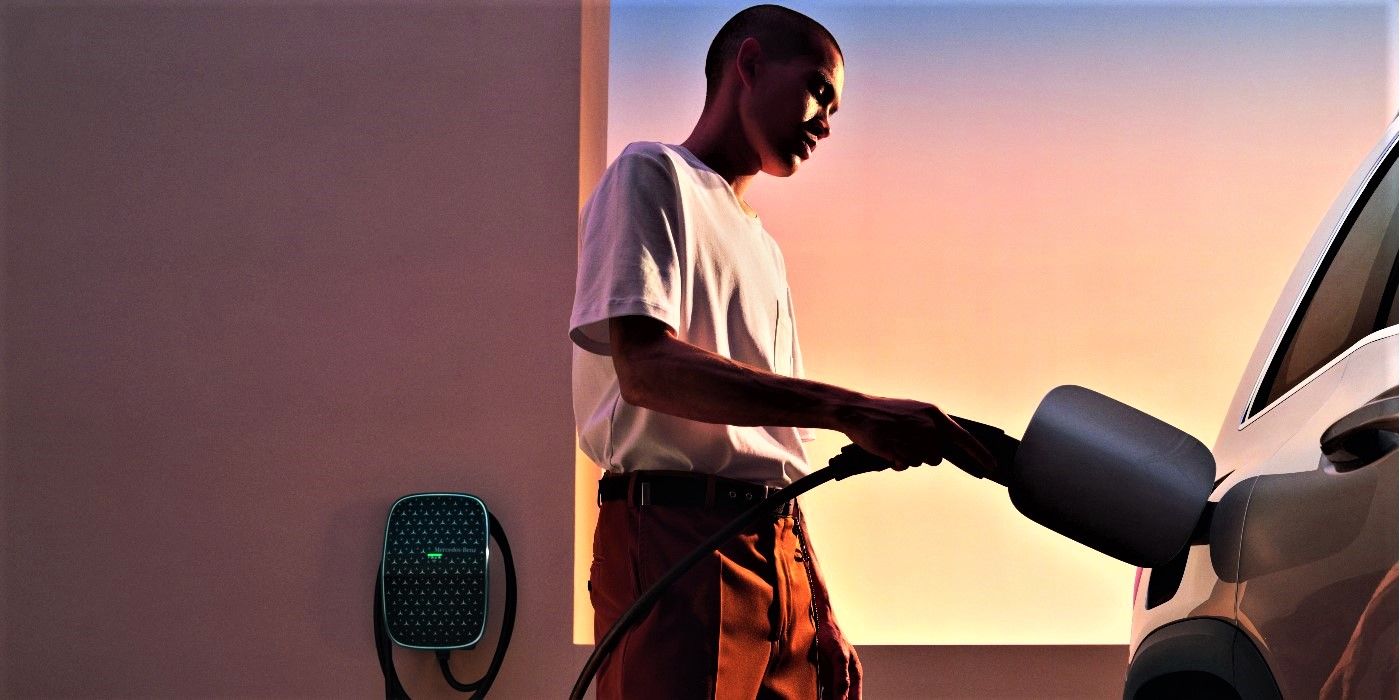With rising concerns about the depletion of natural resources and environmental pollution, many are considering switching over to EVs. Companies like Tesla, Volkswagen, and GM are pushing their EV production and the market for battery-powered vehicles is going to increase manifold in the near future. However, like with any other industry, manufacturers have a few barriers when creating mainstream vehicles that run on clean sources of energy.
A vehicle needs to be refueled, whether it runs on gasoline or batteries. The American Petroleum Institute mentions that there are more than 150,000 fueling stations in the United States. At these stations, it takes between 5 and 10 minutes for drivers to fill up their tanks and get rolling again. When it comes to electric vehicles, the United States has about 45,000 charging stations which is a pretty good number. However, at these stations, it takes about 30 to 50 minutes to completely charge an EV.
The primary issue for EV owners is the amount of time it takes to charge and the limited range. If a person owns a gas vehicle like the Toyota Corolla, for example, filling up the tank takes between 2 to 5 minutes and the ride is good for another 400 miles. In comparison, electric vehicles take significantly longer to top up and only offer half the range. On its official website, Tesla mentions that a 15-minute recharge from its Supercharger lasts for up to 200 miles. Given that one might have to drive a little longer to find an EV charging station, there is a good chance that the station might have a long queue. So what needs to be fixed first?
More Charging Stations Vs. Fast Charging
One likely solution is increasing the number of EV charging stations. This would decrease the distance owners have to travel before they can reach a charging dock, and in turn, increase the effective range that they can utilize for other purposes. Further, this would compensate for the slow charging speeds of electric vehicles as more stations could power more batteries at the same time. With companies like 7-Eleven, Shell, Siemens, and ABB focusing on the EV charging equipment market, it might be more convenient to charge a Tesla or an Audi E-Tron at third-party stations.
On the other hand, the next generation of electric batteries can solve the problem. Primarily, improvements in the charging speed. Making changes in the structure and materials used for a high-density battery can allow users to get more range by putting in less time. While companies like Tesla are working on improving their battery capacity, researchers at Harvard have designed a "stable, lithium-metal, solid-state battery" that can be fully charged in 10 to 20 minutes and pack in more juice. However, it will take more time and research to make such sophisticated technology available at consumer-affordable prices.
A report by Electrek shows that the international market for electric vehicles doubled in 2021 compared to the previous year. However, is the current number of charging stations enough? There are three main markets where EV sales have grown significantly - Europe, Mainland China, and the United States. The Tesla Supercharger tracker mentions there are over 700 units installed in Europe, 1000 units in the Asia-Pacific region, and about 1,400 units in the United States. Given that Tesla sold over 800,000 EVs in these regions in 2021, the ratio of EVs to charging stations is much better when compared to the ratio of traditional vehicles to gas stations.
To sum up, companies will need to fix the situation with a two-stage plan. Working on the number of charging stations provided by companies would encourage more people to switch to electric vehicles. While this is something that can be addressed immediately, manufacturers will need to continue funding research and development into making improvements to the charging speed of their batteries. Together, both these factors can help to take the EV market mainstream.
Source: American Petroleum Institute, Electrek, Supercharge.info, Tesla, The Harvard Gazette


